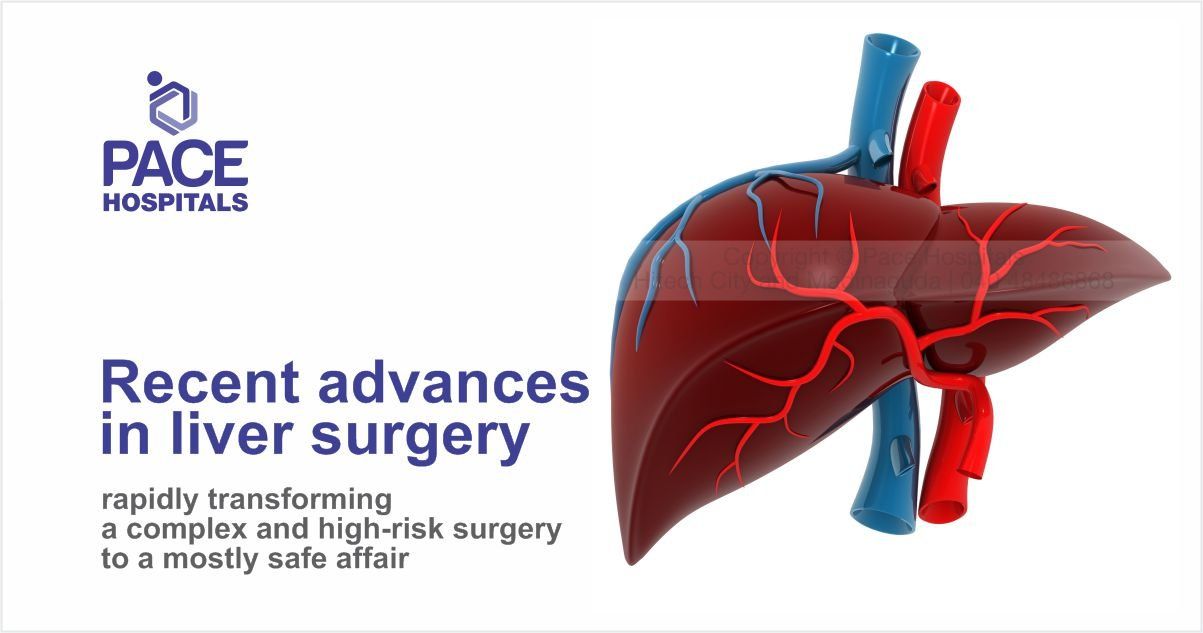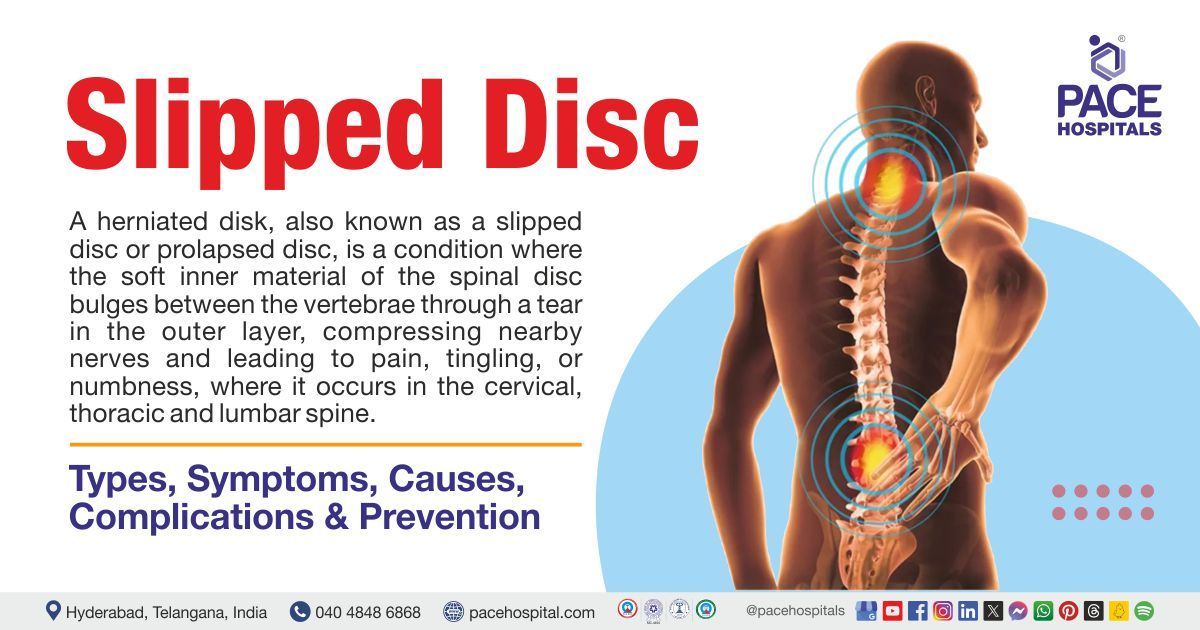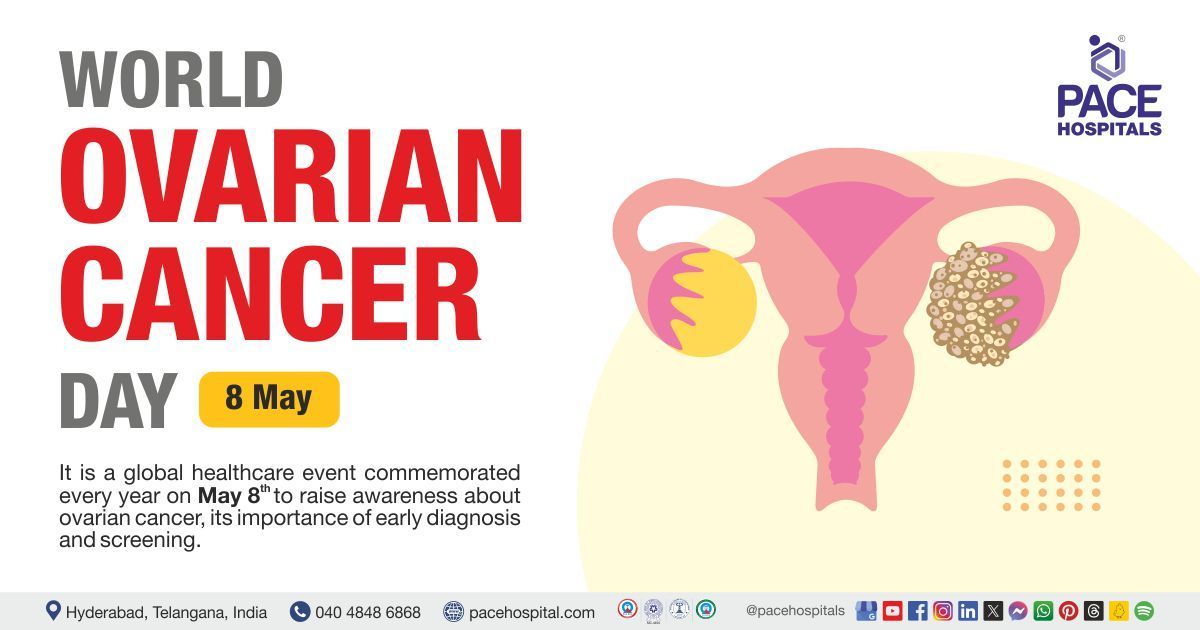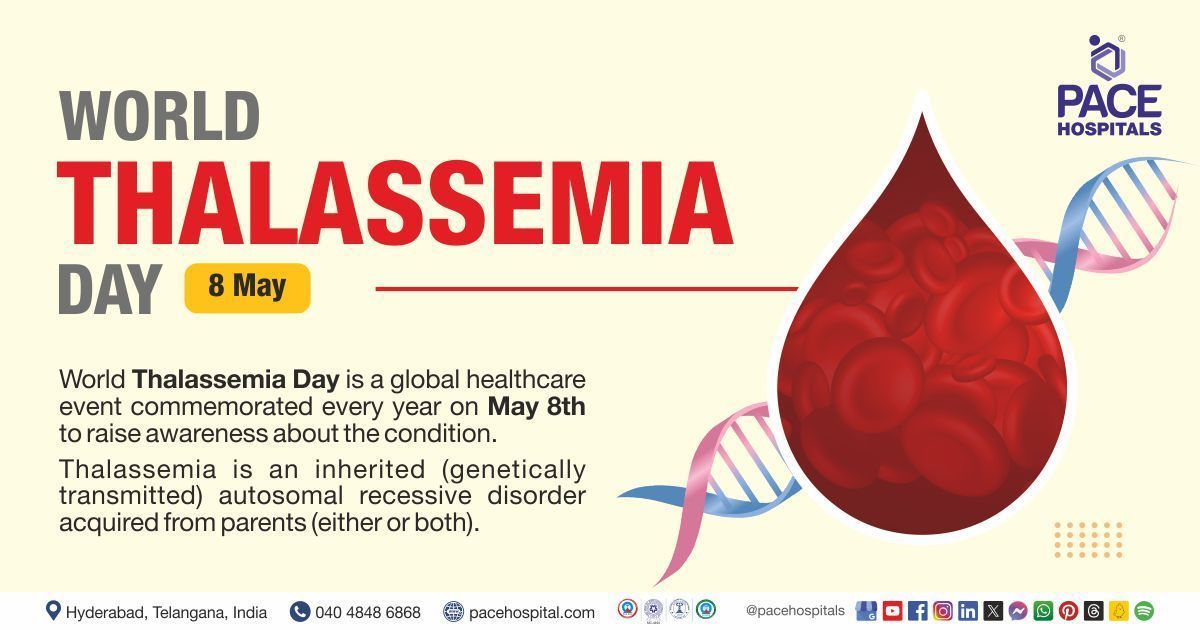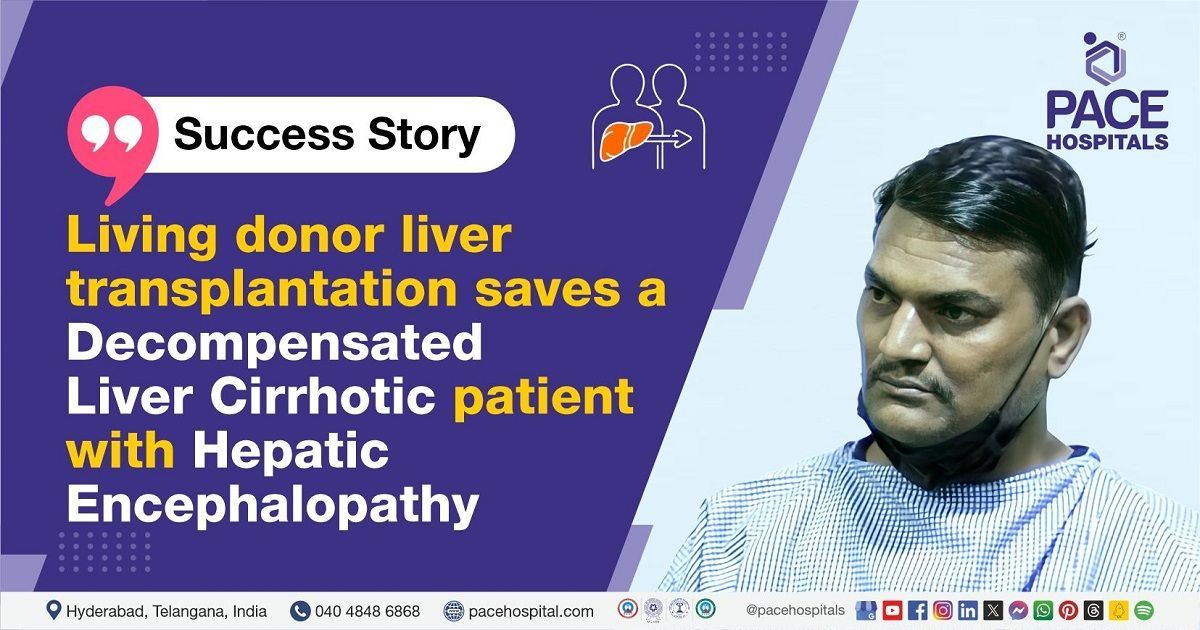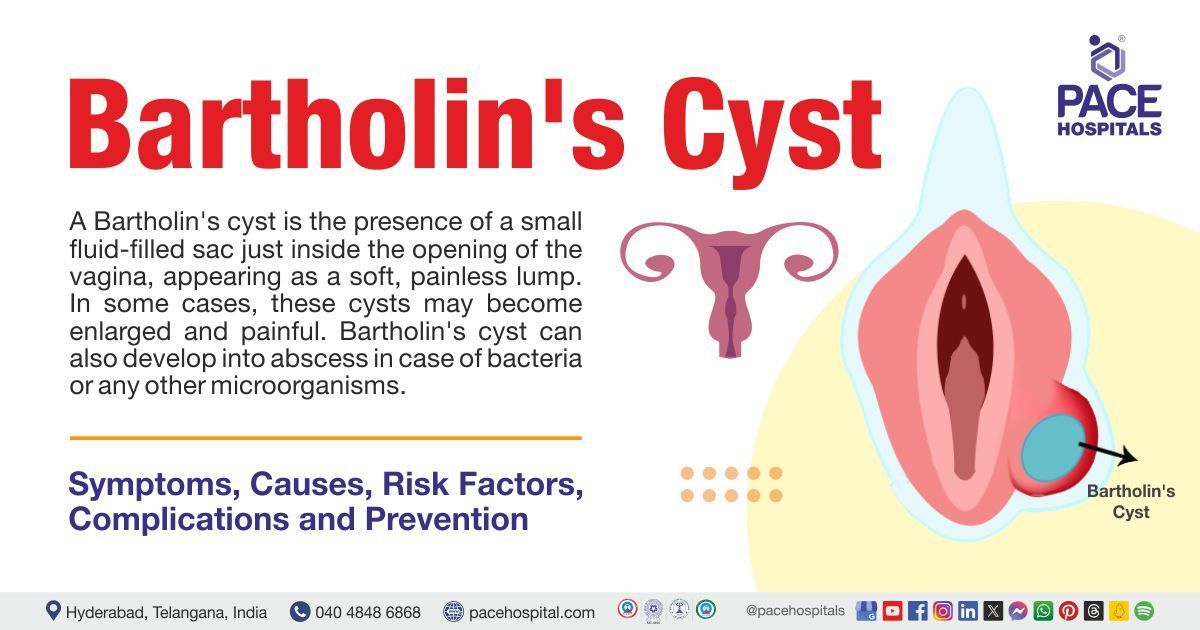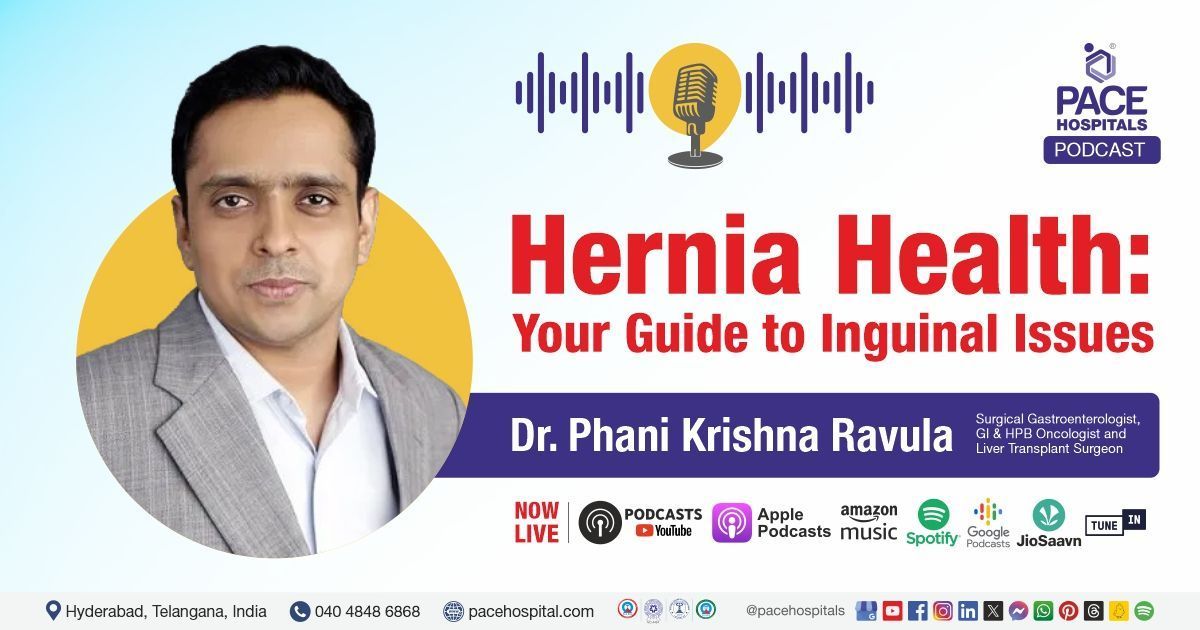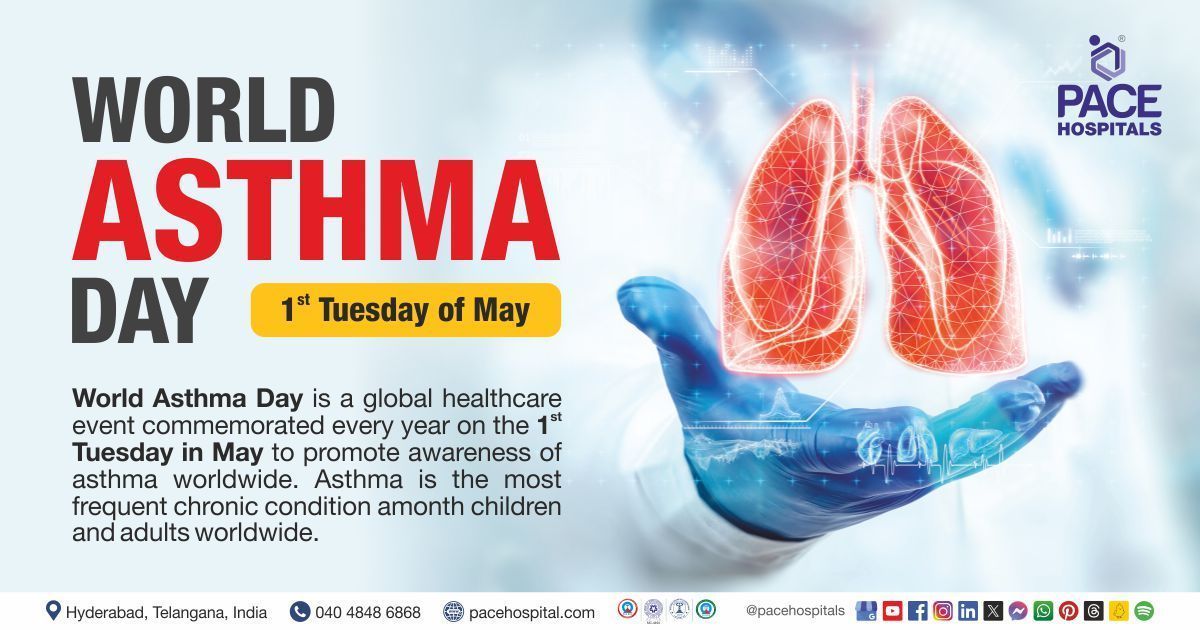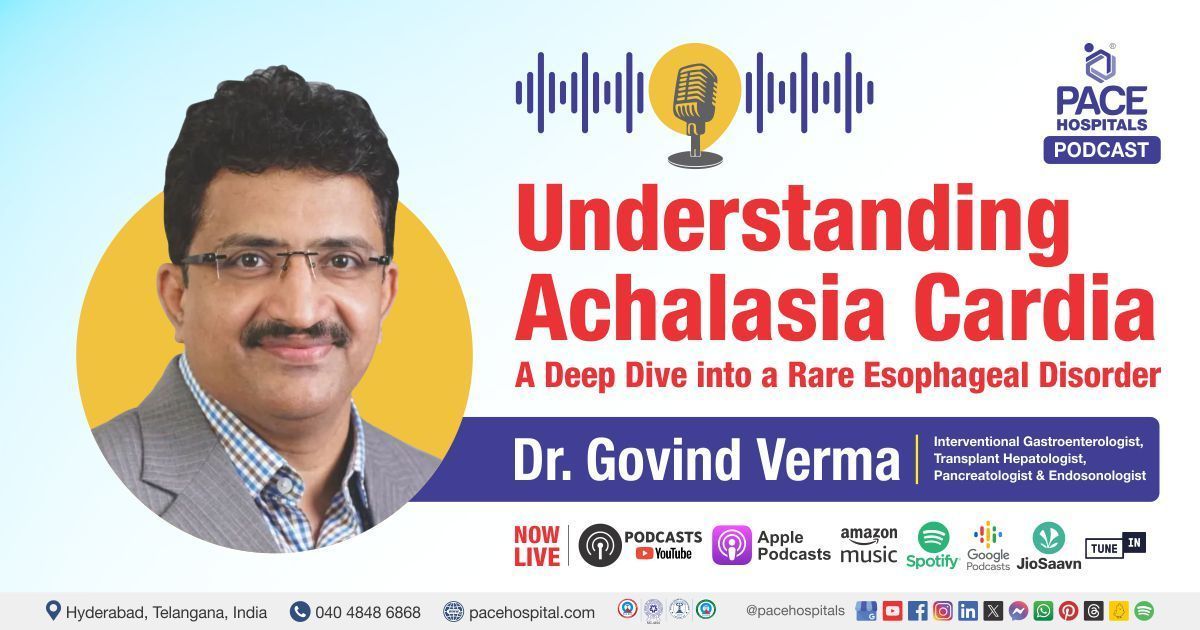Recent advances in liver surgery: safe and effective for complex and high-risk surgery
Liver surgery has seen great strides have been made over the past 2 decades. Be it diagnostics, imaging, innovative surgical strategies or technology the branch has evolved rapidly transforming a complex and high-risk surgery to a mostly safe affair.
Bloodless liver surgery
Unlike other organs the liver is extremely vascular with half its volume made up of blood in large vascular sinuses. The blood loss in major liver resections was once measured in liters is now in milliliters. This is thanks to concepts like hypotensive-low venous pressure anaesthesia and inflow and total vascular occlusion in which the liver is operated upon after temporarily stopping its blood supply. Devices such as CUSA (ultrasonic aspirator) , Water Jet dissector, and radiofrequency ablator aid in bloodless division of liver while identifying and protecting crucial structures.
Image guided surgery
Beyond the standard Multi slice CT scan and MRI scan, Innovations in functional liver imaging such as Functional MRI, Tc-99 sulfur colloid single photon PET scan and HIDA scan have helped us predict not just the size of the liver remnant but the function. This helps us plan and predict outcomes in patients with diseased and fatty livers where not just the size but the quality of liver matters. Preoperative liver mapping (MEVIS scan), virtual resections with image overlays and navigational systems guide us through liver anatomy in complex liver resections
Innovative surgical strategies
Several innovative surgical strategies have revolutionised liver surgery. The liver has a tremendous capacity to regenerate. By strategies like portal vein embolization and ALLPS we deprive nutrition the tumor half of the liver for a few weeks before surgery. This way the future remnant liver (ie the liver to be left behind after taking out tumor) regenerates even before the surgery. This allows us to do supra-major liver resections with low risk of postoperative liver faiure.
The understanding that the liver anatomy is segmental (like a tree with its branches) has led to parenchyma preserving resections like central hepatectomies, monosegmentectomies taking out only tumor with excellent postoperative function.
Two staged liver resections help us safely treat patients with disease in both halves of the liver. ‘Down staging‘ treatments such as Transarterial chemoembolization , Transarterial radioembolisation are used to preoperatively decrease the size of tumors and convert inoperable tumors to operable.
Robotic and laparoscopic surgery
The 3D visualisation, improved precision and better maneuverability has led to wide application of laparoscopic and robotic surgery in liver resections and transplant. This translates to smaller incisions and faster recovery.
Adjunctive techniques
Adjunctive techniques such as microwave ablation , radiofrequency ablation for image guided destruction of tumours , radiosurgery using transarterialradioembolisation (tumor breakdown by injecting radioactive beads) into it have extended the boundaries and also useful tools in patients unfit for surgery.
Dr. Phani Krishna Ravula
Request an appointment
Fill in the appointment form or call us instantly to book a confirmed appointment with our super specialist at 04048486868
Appointment request - health articles
Thank you for contacting us. We will get back to you as soon as possible. Kindly save these contact details in your contacts to receive calls and messages:-
Appointment Desk: 04048486868
Whatsapp: 8977889778
Regards,
Pace Hospitals
Hitech City and Madinaguda
Hyderabad, Telangana, India.
Oops, there was an error sending your message. Please try again later. We will get back to you as soon as possible. Kindly save these contact details in your contacts to receive calls and messages:-
Appointment Desk: 04048486868
Whatsapp: 8977889778
Regards,
Pace Hospitals
Hitech City and Madinaguda
Hyderabad, Telangana, India.
Our Locations
Subscribe to our newsletter and stay updated with the latest health information.
By clicking on subscribe now, you accept to receive communications from PACE Hospitals on email, SMS and Whatsapp.
Subscribe to PACE Hospitals News
Thank you for subscribing. Stay updated with the latest health information.
Oops, there was an error. Please try again submitting your details.
-

Payment in advance for treatment (Pay in Indian Rupees)
For Bank Transfer:-
Bank Name: HDFC
Company Name: Pace Hospitals
A/c No.50200028705218
IFSC Code: HDFC0000545
Bank Name: STATE BANK OF INDIA
Company Name: Pace Hospitals
A/c No.62206858997
IFSC Code: SBIN0020299
Scan QR Code by Any Payment App (GPay, Paytm, Phonepe, BHIM, Bank Apps, Amazon, Airtel, Truecaller, Idea, Whatsapp etc)
Call us at 04048486868
ADDRESS
PACE Hospitals
Hitech City : Beside Avasa Hotel, Pillar No. 18, Hyderabad - 500081
Madinaguda: Mythri Nagar, Beside South India Shopping, Madinaguda, Hyderabad - 500050
QUICK LINKS
Disclaimer
General information on healthcare issues is made available by PACE Hospitals through this website (www.pacehospital.com), as well as its other websites and branded social media pages. The text, videos, illustrations, photographs, quoted information, and other materials found on these websites (here by collectively referred to as "Content") are offered for informational purposes only and is neither exhaustive nor complete. Prior to forming a decision in regard to your health, consult your doctor or any another healthcare professional. PACE Hospitals does not have an obligation to update or modify the "Content" or to explain or resolve any inconsistencies therein.
The "Content" from the website of PACE Hospitals or from its branded social media pages might include any adult explicit "Content" which is deemed exclusively medical or health-related and not otherwise. Publishing material or making references to specific sources, such as to any particular therapies, goods, drugs, practises, doctors, nurses, other healthcare professionals, diagnoses or procedures is done purely for informational purposes and does not reflect any endorsement by PACE Hospitals as such.

